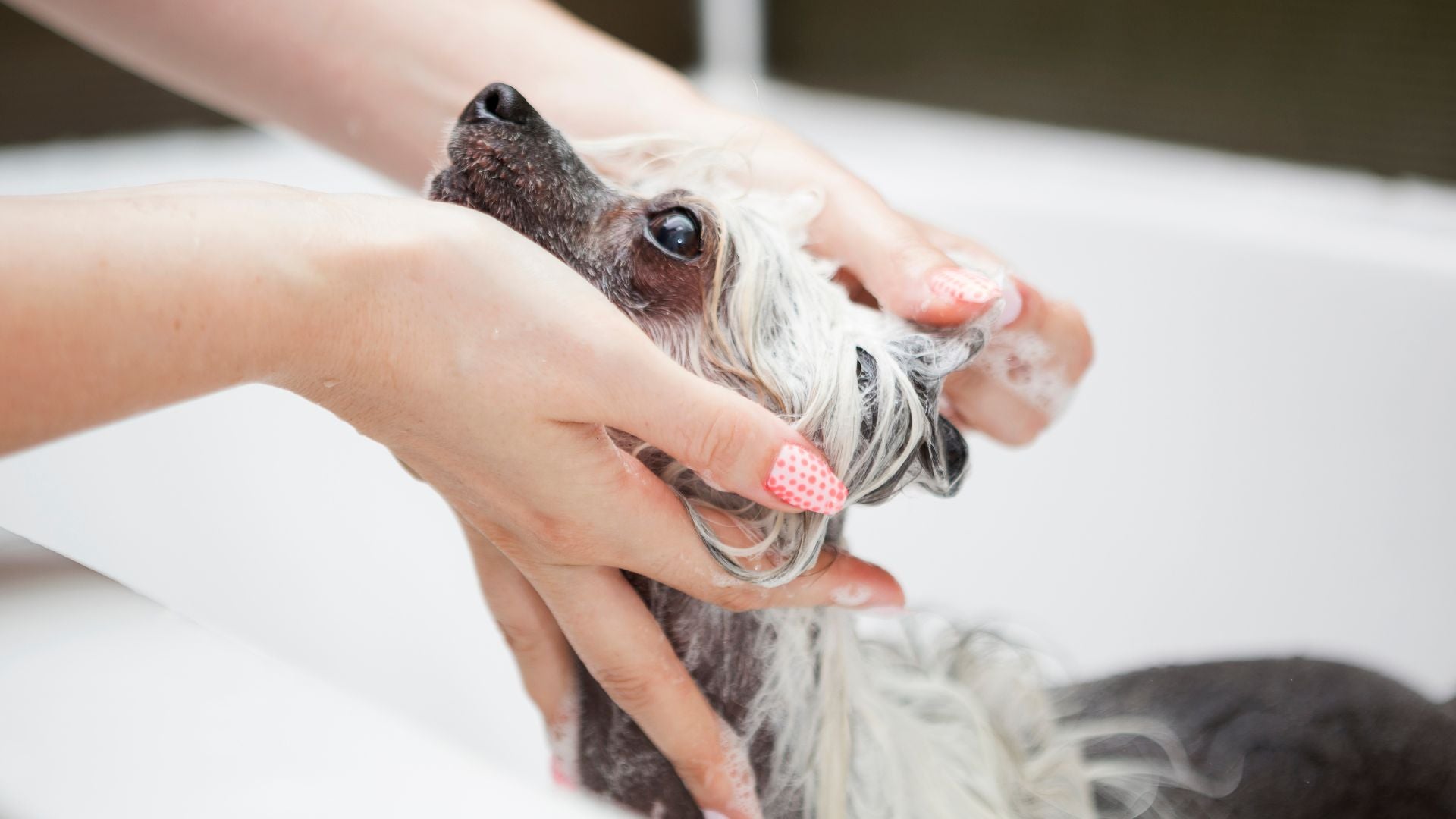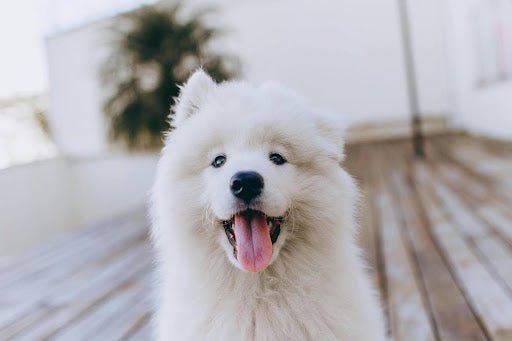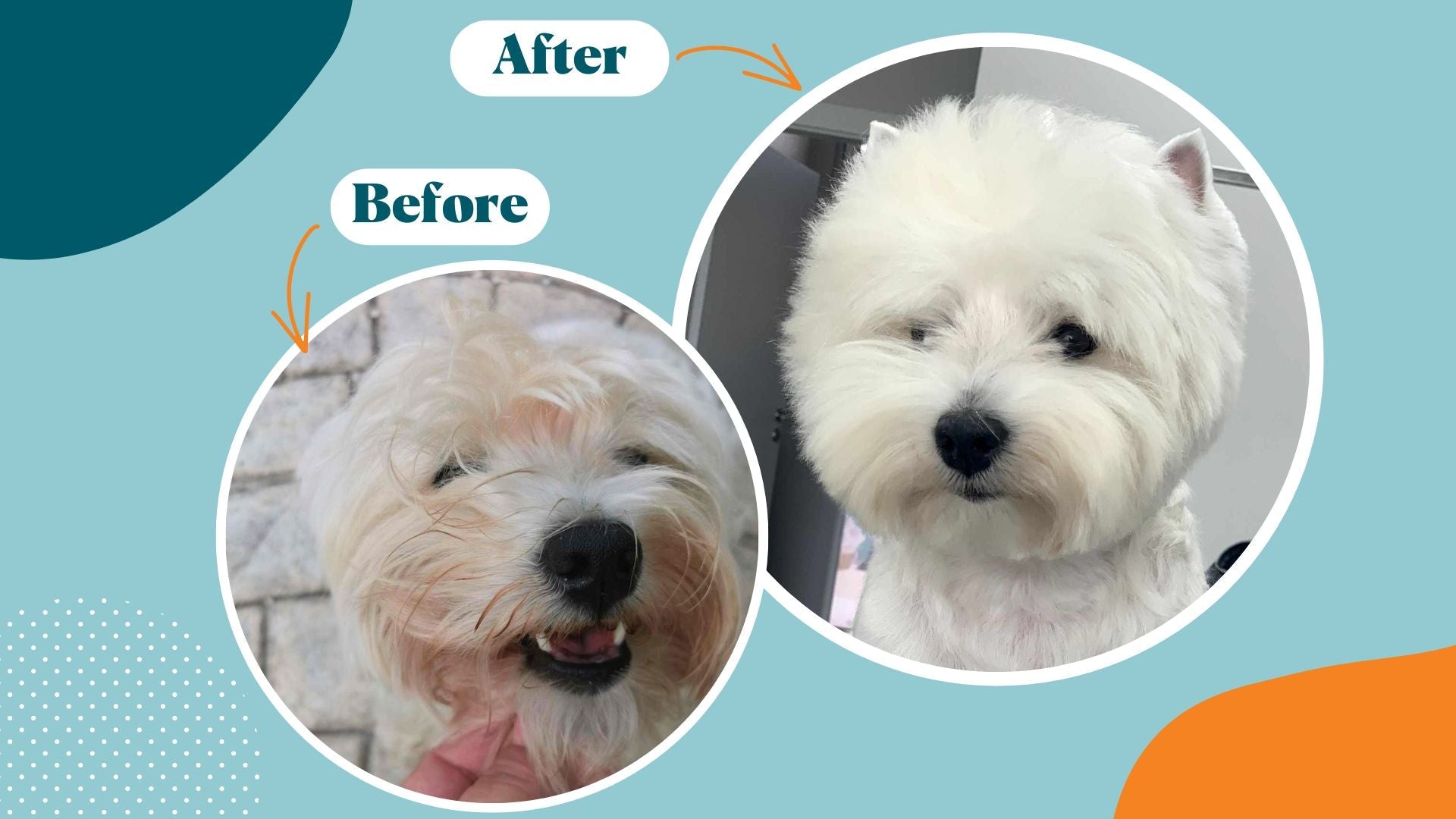As winter arrives and the air turns chilly, many dog owners wonder, "Should dogs wear coats?" While dogs come with their own furry coats, sometimes they need a little extra warmth. In this blog, we'll discover why dressing your dog in cozy clothes is not just about looking cute but can be essential for their health during the colder months.
Do All Dogs Need Dog Coats?
Determining whether your dog needs a coat depends on various factors related to their breed, size, and health conditions.
- Breed: Dogs with thick double coats, like Siberian Huskies or Alaskan Malamutes, generally have a natural defense against cold weather. Breeds that originated in colder climates, like Bernese Mountain Dogs or Newfoundland, often handle winter temperatures well. However, smaller or short-haired breeds, such as Chihuahuas or Dachshunds, might need extra warmth.
- Size: Smaller dogs tend to lose body heat more quickly than larger breeds. Toy and small breeds, in particular, may benefit from dog coats in colder weather.
- Age: Puppies and senior dogs are generally more vulnerable to extreme temperatures. Puppies may not have fully developed coats, while older dogs may have weakened immune systems or joint issues that make them more susceptible to the cold.
- Health Conditions: Dogs with certain health conditions, like arthritis or skin sensitivities, might benefit from the protection offered by dog coats. It's essential to consider your dog's overall health when deciding if they need extra warmth.
Observing your dog's behavior and physical reactions to different weather conditions will help you determine if they require additional protection. Keep in mind that while some dogs may not need coats for casual walks, they could benefit from them during more extended exposure to cold temperatures.
8 Reasons Why Your Dog Should Wear Dog Clothes
Ensuring your dog is comfortable and protected during winter is essential, and dog clothes can play a crucial role. Here are eight reasons why your furry friend should be wearing dog clothes:
- Cold Sensitivity: Dogs, especially those with short hair or minimal body fat, can be sensitive to cold temperatures. Coats provide an extra layer to keep them warm.
- Senior Dogs: Older dogs may struggle with regulating body temperature. Dog clothes can offer warmth and ease discomfort for senior pups.
- Puppies: Young pups often have thinner fur, making them more susceptible to the cold. Coats help them stay cozy during chilly outings.
- Health Conditions: Dogs with arthritis or other health issues may find relief with the added warmth provided by dog clothes.
- Bad Immune System: Some dogs are prone to respiratory illnesses in cold weather. Coats can protect them from harsh winds and low temperatures.
- Long Walks: Even if your dog doesn't need a coat for short outings and quick potty breaks, a long walk in chilly weather may warrant the extra layer.
- Fashionable Flair: Dog clothes aren't just functional; they can also add a touch of style. From sweaters to jackets, there's a variety of fashionable options.
- Post-Surgery Comfort: Dogs recovering from surgery may benefit from the added warmth and protection provided by dog clothes.
Remember, while these reasons highlight the potential benefits, it's crucial to assess your individual dog's needs and preferences. Dogs might show discomfort or reluctance to move if they're too warm, so it's a good idea to monitor their reactions to wearing clothes.
Dog Tips You Must Know
When it comes to dressing your dog in winter attire, here are some essential tips to ensure a positive experience for both you and your furry companion:
- Proper Fit: Choose dog clothes that fit well. Too tight or too loose can be uncomfortable for your dog. Measure your dog's neck, chest, and back length to find the right size. They should be able to walk, run, and go about their usual activities comfortably.
- Easy On, Easy Off: Choose clothing with simple closures like snaps or Velcro. This makes dressing and undressing your dog a breeze.
- Watch for Signs of Discomfort: Pay attention to your dog's body language while in their winter attire. Signs of distress call for swift adjustments.
- Start Gradually: If your dog isn't used to wearing clothes, introduce them slowly. Start with shorter periods and gradually increase the time.
- Consider the Material: Choose fabrics that provide warmth without causing irritation. Soft and breathable materials are ideal for dog clothes.
- Protect Paws: In addition to coats, consider protective footwear or paw balm for your dog's paws. Boots shield against harsh elements, while paw balm offers an extra layer of protection.
By keeping these tips in mind, you can make the winter clothing experience enjoyable for your dog, providing them with both warmth and style during the colder months.












